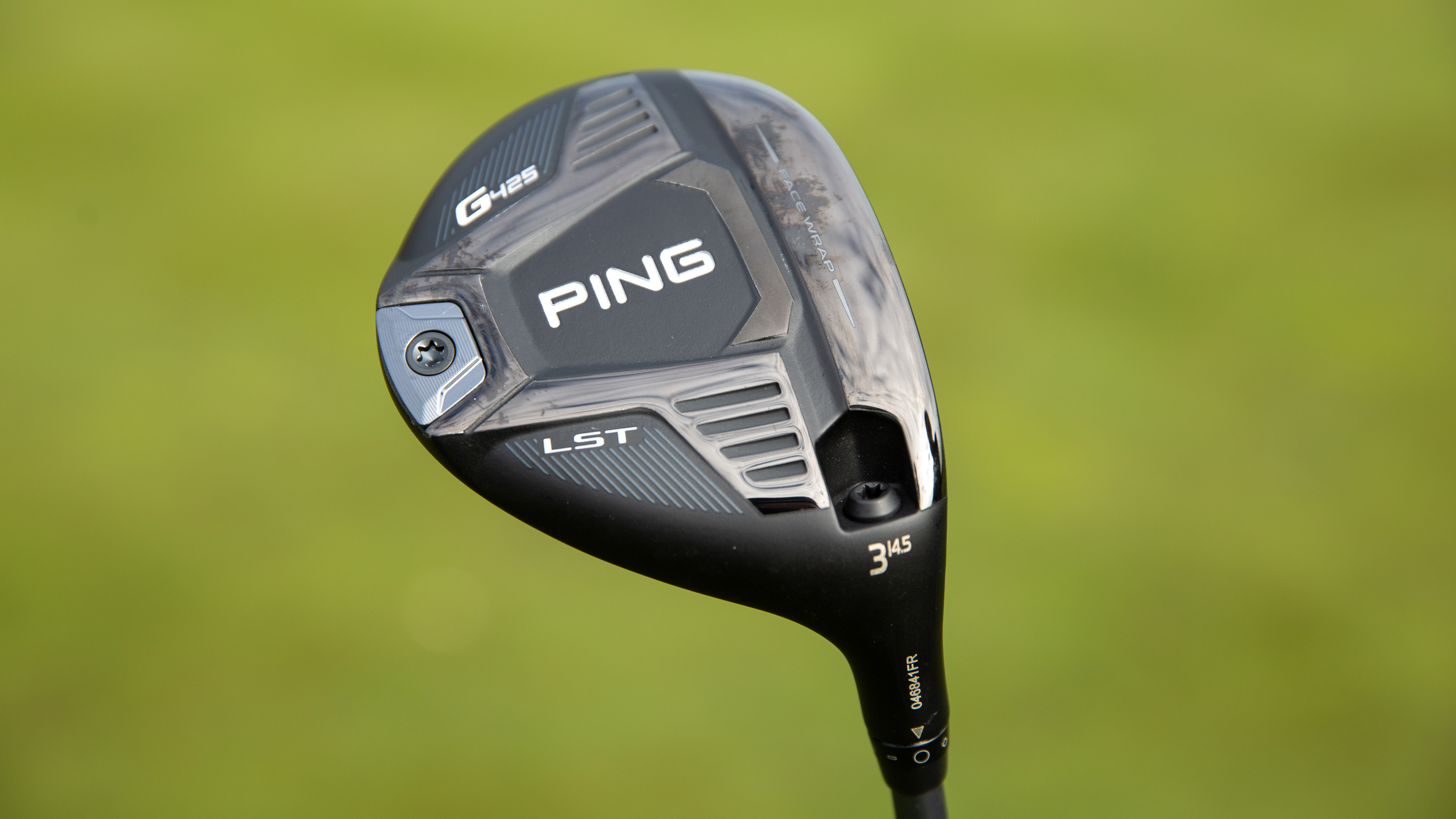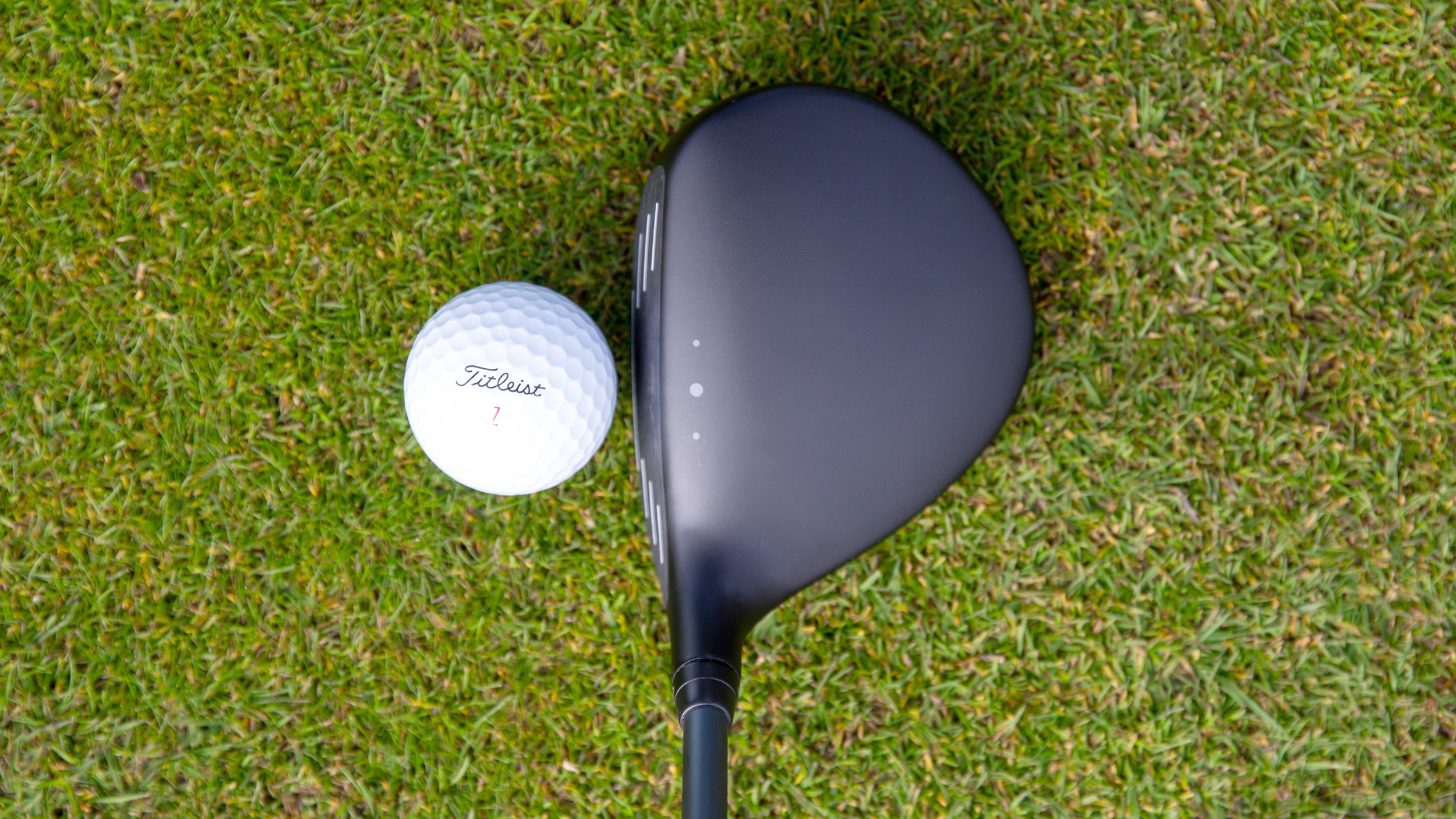Ping G425 LST Fairway Review
We test the low spin option within Ping's G425 fairway wood range to see how it performed

For good players that struggle to keep spin down or that like to shape the ball a certain way, the G425 LST fairway is the perfect match. It’s certainly one of the most forgiving low-spin fairway woods you’ll find and the extra distance could well bring previously unreachable par fives onto your radar.
-
+
Fast and easy launching
-
+
Surprisingly forgiving
-
+
Versatile from different lies
-
-
Three dot alignment system won't appeal to all
Why you can trust Golf Monthly

Ping G425 LST Fairway Review
Ping expanded the number of fairway wood models available when it launched G425, giving golfers more choice depending on the performance characteristics they prioritise. In truth, a fairway wood is a very personal club that many rely on for lots of different shots while others use one sparingly because of the intimidation that can set in when standing over the ball.
The LS in the LST stands for low spin, so this is a model aimed at stronger players - both in terms of swing speed but also the ability to make contact on and around the sweet spot time after time. We tested a 14.5° head on the launch monitor and the golf course up against the standard G425 Max version to see how the performance compared and if it was the best Ping fairway wood in the range.

At address, the G425 LST fairway has a more compact size than the standard model, which some may view as daunting but for us it focused our attention on achieving a clean strike. It also made us feel like the club would get under the ball a little easier, especially when it was sitting down slightly. The three dot system on the front of the crown is arguably not as effective as a traditional single alignment mark but for those that want to promote a slight heel or toe contact to encourage a certain shot shape then it could come in handy.
For us, in like-for-like centred strikes, the G425 LST outgunned the Max model. We swung it faster and the ball speed consequently was over 2mph quicker. The spin was lower, but not excessively so - around 200rpm on average just under the 3,000rpm mark and it carried a good five yards farther. Sometimes this number was closer to ten. The flat sole and squarer face seemed to work well from the rough, popping the ball out nicely even when the ball was sitting down. Just like on the very best fairway woods, strikes low on the face got up in the air better than expected.
The flight was more penetrating than the Max model overall but you can adjust the loft to alter it and what was interesting was that is seemed to be nearly as stable. Yes, poor strikes curved offline a little more, which means it might not be the best fairway wood for mid handicappers, but the margin for error on this club is surprisingly large given its more compact head and spin profile. We really enjoyed hitting this club but over a longer period of time, can't help but think we would revert back to the extra playability found on the G425 Max model. That said, this is a serious contender for anyone off a single figure handicap index seeking a versatile, fast and consistent fairway wood upgrade.
Subscribe to the Golf Monthly newsletter to stay up to date with all the latest tour news, equipment news, reviews, head-to-heads and buyer’s guides from our team of experienced experts.

Joel has worked in the golf industry for over 15 years covering both instruction and more recently equipment. He now oversees all equipment and video content at Golf Monthly, managing a team of talented and passionate writers and presenters in delivering the most thorough and accurate reviews, buying advice, comparisons and deals to help the reader or viewer find exactly what they are looking for.
One of his career highlights came when covering the 2012 Masters he got to play the sacred Augusta National course on the Monday after the tournament concluded, shooting a respectable 86 with just one par and four birdies. To date, his best ever round of golf is a 5-under 67 back in 2011. He currently plays his golf at Burghley Park Golf Club in Stamford, Lincs, with a handicap index of 3.1.
Joel's current What's In The Bag?
Driver: Titleist GT3, 9°, Fujikura Ventus Black 6 S shaft.
Fairway wood: Titleist TSR3, 15°
Hybrid: Titleist TSi2, 18°
Irons: Titleist T150, 4-PW
Wedges: Titleist Vokey SM10, 50°, 54° and 58°
Putter: LAB Golf DF3
Ball: 2025 Titleist Pro V1x